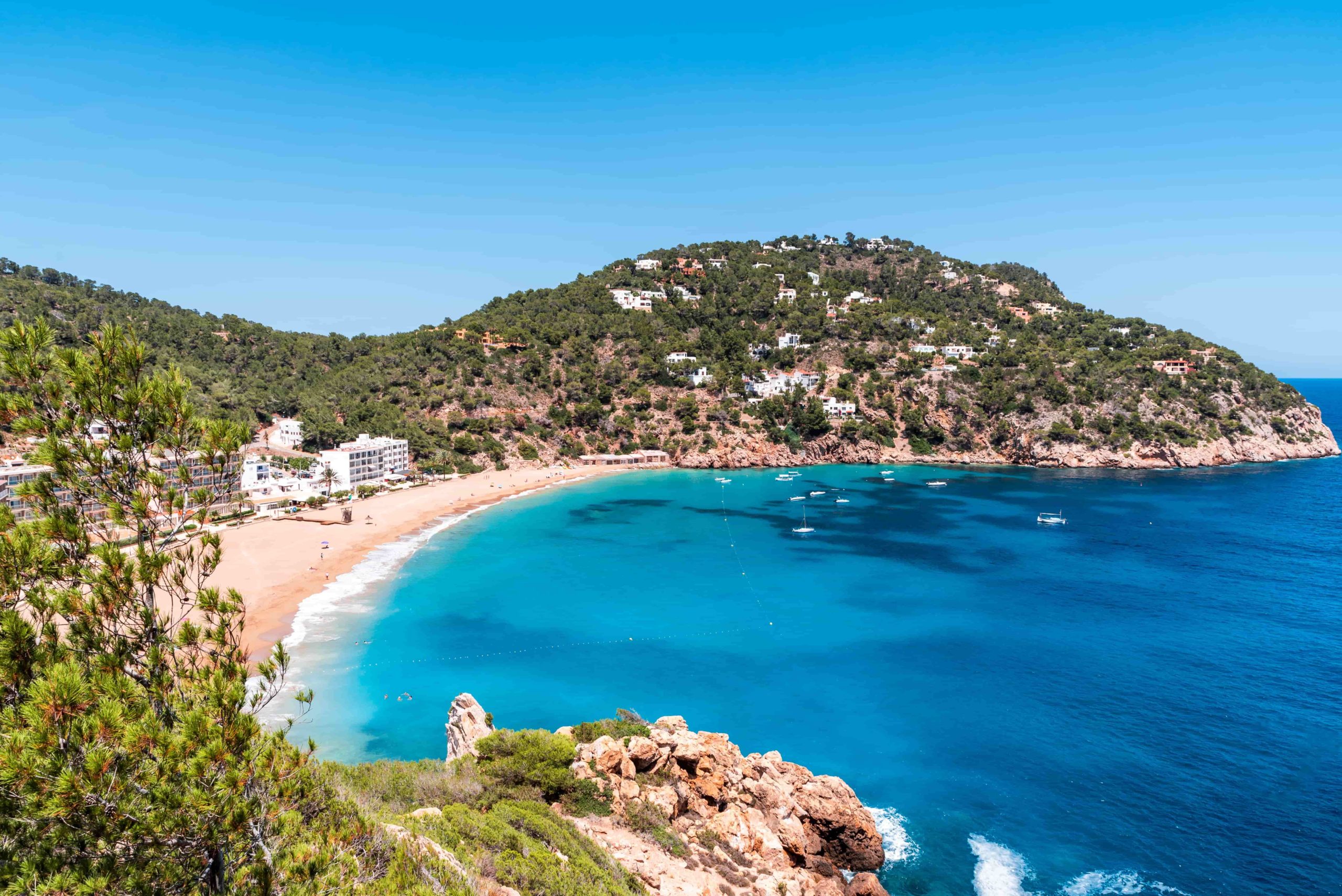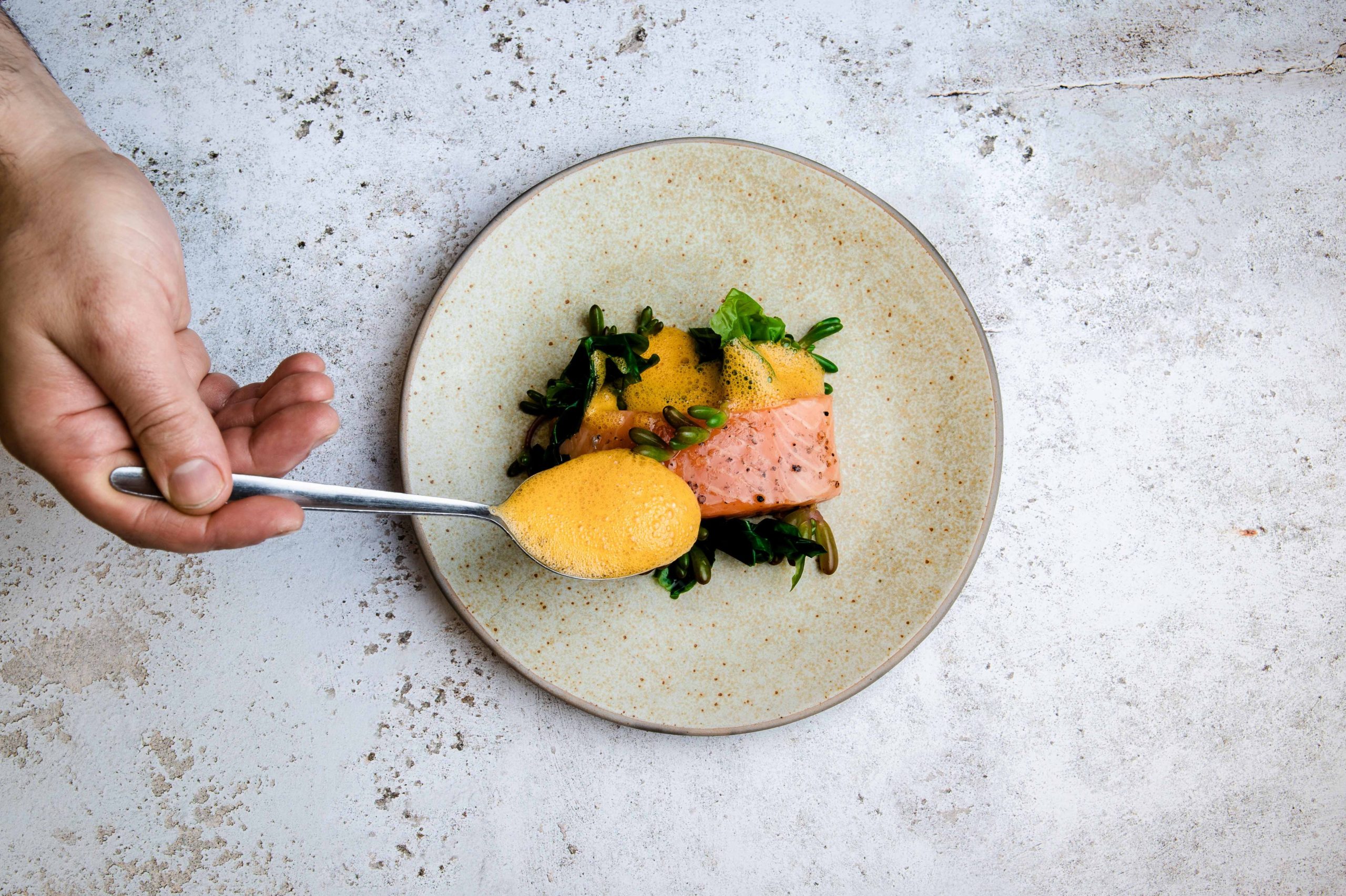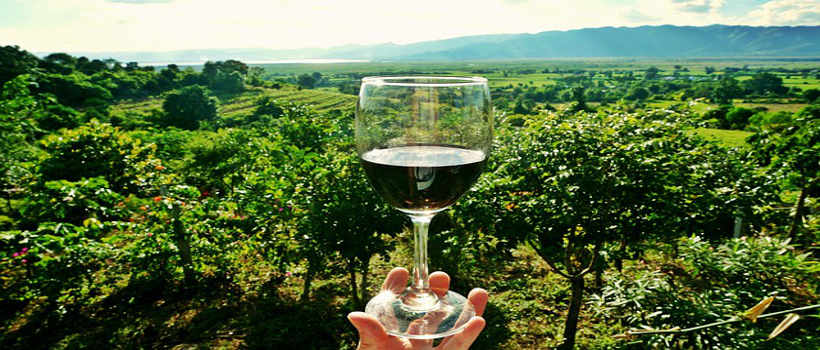The development of tourism in wine-growing regions has been growing in recent years, increasing in a 24% in 2017 and reaching over 67 million euros. Little by little, a new trend is being created that, if it continues like this, will soon make Spain one of the leaders of Enotourism in Europe.
A discreet whirring accompanies the song of the crickets in the wine-growing regions of Spain. The success of the upward trend of enotourism is spreading around the country and seduces an ever-increasing number of tourists, interested in learning about the essence of those regions, a glass of wine in hand.
The Spanish Association of Wine Cities (ACEVIN) confirms the growing interest in the enotourism and asserts that the economic impact generated by this type of tourism in the wine roads of Spain increased by 24% in 2017, reaching over 67 million euros. The number of tourists who visited the wineries and the museums of Spanish wine roads went up by 18% this same year, counting more than 3,2 Million visitors, which shows the increasing interest for enotourism.
The tourism in the wine regions has a particular seasonality, less fluctuating than for other types of tourism. The months of October and April generally experience the biggest crowds of the year, followed by May and September. The summer months also show very positive numbers and in 2017, for the first time, the number of visits undertaken in August was higher than for the other months of the year.
 Considering the progress of tourism in the wine regions, it is no longer enough to open the doors to customers and show them the technical aspects of wine production. On the opposite, from the small wineries to the bigger producers, the whole industry had to professionalize the touristic aspects of their work in order to make the most of these growth opportunities. Apart from adapting their infrastructures to receive an increasing number of tourists, wineries also had to train their staff to offer better customer service, widen the reach of their commercial department and create an attractive complementary offer of services and activities to keep their visitors entertained.
Considering the progress of tourism in the wine regions, it is no longer enough to open the doors to customers and show them the technical aspects of wine production. On the opposite, from the small wineries to the bigger producers, the whole industry had to professionalize the touristic aspects of their work in order to make the most of these growth opportunities. Apart from adapting their infrastructures to receive an increasing number of tourists, wineries also had to train their staff to offer better customer service, widen the reach of their commercial department and create an attractive complementary offer of services and activities to keep their visitors entertained.
Enotourism professionals know how to take advantage of the many opportunities emerging from the wine sector and have created a wide and diversified offer, capable of seducing both the novices and the connaisseurs of the wine culture. Nowadays, wine producers’ offer includes everything from accommodation to wine and local products tasting, as well as walks through the vineyards and winery visits explaining the process of wine production.
Those tourists who are eager to learn more about the secrets of this beverage can even sign up for enology lessons. The target market of this type of tourism is mainly composed of couples or small groups of friends living in Spain. In the past few years, the number of women has increased rapidly and is now exceeding the proportion of men. As for the age of the enotourists, people from 46 to 65 represent the most important segment, although we observe a growing interest within the younger parts of population such as the 36-45 and the 26-35 year olds.

The average length of stay of the customers is 2,65 days, due to the fact that the enotourists mostly travel by car during the weekends and long weekends. Around 54% of the visitors spend the night in the chosen destination, most of them at 4 stars hotels (25%) or three stars hotels (21%). The customers of these hotels tend to book between a week and a month before their stay.
The average daily spending for this kind of tourism (156,6€) is greater than the average of the national and international tourists. In an increasingly competitive segment, the wine tourism actors will have to tackle a series of challenges inherent to the evolution of the sector. One of them is digitalization. Today, enotourism finds in tablets, smartphones, and their apps, opportunities for growth and differentiation. The wine lovers exchange through the social media, an opportunity for the wineries to identify and interact with its target market in an efficient way and at the lowest cost. In addition, the digital era is changing the wineries’ traditional guided visit with the extensive use of the smartphone, its apps, geo-localization and QR codes.
The main challenge for enotourism professionals, if they want to build successful businesses, will be to embrace and incorporate new technologies without spoiling the authenticity of the experience that the customers came to find in these regions.
The other challenge facing the growth of the enotourism in Spain is the promotion of the country’s wine regions on an international scale. Although the main source market for this type of tourism remains Spanish residents, the foreign markets offer real opportunities for those who seek to expand their business.
The producers’ individual initiatives in order to improve the recognition of Spanish wines proliferate, but the key to attract significant amounts of customers before the emblematic destinations for enotourism, such as Bordeaux and Tuscany, is based on a better collaboration between the different actors of the wine industry and of the tourism sector, as well as a greater contribution of the State in promoting its wine regions.






 Considering the progress of tourism in the wine regions, it is no longer enough to open the doors to customers and show them the technical aspects of wine production. On the opposite, from the small wineries to the bigger producers, the whole industry had to professionalize the touristic aspects of their work in order to make the most of these growth opportunities. Apart from adapting their infrastructures to receive an increasing number of tourists, wineries also had to train their staff to offer better customer service, widen the reach of their commercial department and create an attractive complementary offer of services and activities to keep their visitors entertained.
Considering the progress of tourism in the wine regions, it is no longer enough to open the doors to customers and show them the technical aspects of wine production. On the opposite, from the small wineries to the bigger producers, the whole industry had to professionalize the touristic aspects of their work in order to make the most of these growth opportunities. Apart from adapting their infrastructures to receive an increasing number of tourists, wineries also had to train their staff to offer better customer service, widen the reach of their commercial department and create an attractive complementary offer of services and activities to keep their visitors entertained.
